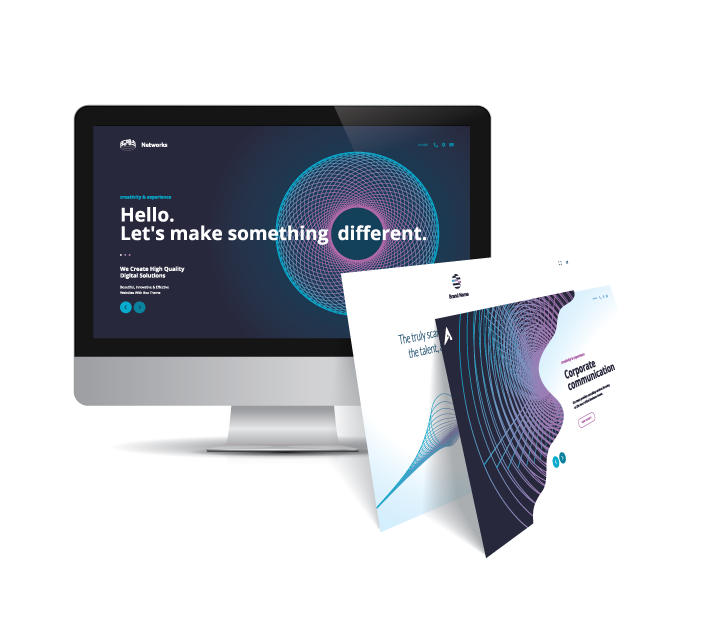SEO Tips n Tricks
With so many SEO techniques, it’s become almost impossible to determine which ones to stick to and which you can safely ignore.
Is link building a thing of the past? Should you devote your time and energy to on-page SEO? How can you write a title tag to drive your rankings with search engines? Where do SEO and social media intersect?

By CHARMAINE DAVISON
These days, if you are not ranking in Google’s top 10 results, your website might as well be invisible on Google. According to HubSpot, 75% of searchers never go past the first page of search results.
And, seriously, what are the best SEO tips that’ll lead to results?
There are several strategies and techniques you can follow to rank higher on Google, but if you don’t get the basics right, your chances of ranking on Google is minimal.
By following SEO best practices, you will be laying the groundwork for your site to increase its visibility in search.
Once you have laid the groundwork, you can move on to more advanced keyword research and link building strategies.
Align Your Content with Search Intent
Search intent is the purpose of every search query. Understanding and satisfying search intent is Google’s ultimate priority.
There are four common types of search intent:
- Informational: A search falls under informational intent when the user is looking for specific information. It can be a simple search like “what’s the weather today?” that provides instant results or something complex like “best SEO strategies” that requires a more in-depth explanation.
- Navigational: the searcher is looking for a specific website or app. Common examples of navigational searches include “Facebook login,” “SEMrush,” and “Amazon.”
- Commercial: The intent behind a search is commercial when the user is looking for a specific product but hasn’t made the final decision yet. For example, searches such as “best SEO tools” and “best DSLR cameras” are all commercial searches.
- Transactional: Here, the intent is to buy. The searcher has already made a decision to buy a specific product or tool. Examples include searches such as “buy Nikon d500,” “buy Macbook Air,” and “buy groceries online.”
“These days, if you are not ranking in Google’s top 10 results, your website might as well be invisible on Google.”

An SEO best practice is to always keep the search intent in mind while creating content for your website.
For instance, if you would like to rank for the keywords “best DSLR cameras,” you need to realize that the search intent here is commercial, not transactional. The user is still undecided on which DSLR brand to choose.
There is no point in optimizing your DSLR landing page with those specific keywords. Google understands what users want when the search query is “best DSLR cameras.” They are looking for options. They are looking for a blog post or video which lists down the best DSLR cameras, not product pages or eCommerce pages.
Create content that aligns with the search intent of your target audience.
Stay tuned for our next set of tips next month…
From Our blog

How to Create 30 Days of Social Media Content in One Day
Master the art of efficient social media content creation with our step-by-step guide. Learn how to understand your audience, generate engaging content ideas, and strategically schedule a month’s worth of posts in just a single day. Transform your social media strategy and optimise your time today!

How to Increase Your Online Visibility in 2023
Increasing brand visibility online is crucial for business success. By strategically implementing these tips, you can capture the attention of your target audience

The Art of Marketing without Advertising: A Modern Approach
Explore the power of marketing without traditional advertising. This insightful blog provides strategies for building relationships, enhancing brand recognition, and fostering customer loyalty through content marketing, social media engagement, SEO, and more. Transform your marketing approach for sustainable, long-term growth

6 Reasons Managed Service Providers Fail at Marketing
The most common reasons why MSPs fail at marketing and what you can do to avoid making these mistakes.

